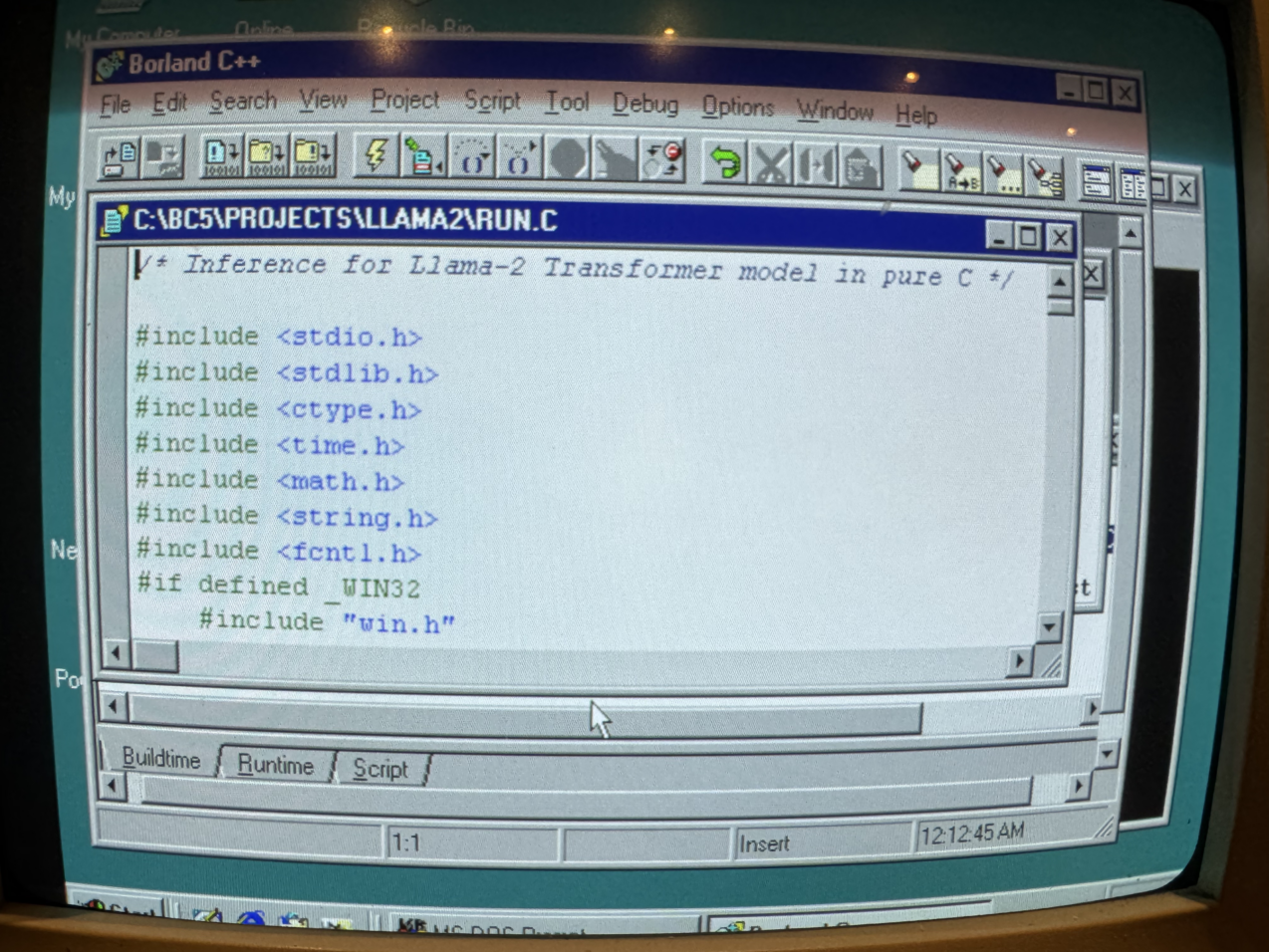JD Vance:
My kids are settling in to the Vice President’s official residence, and I just want to say: thank you to the American people.
While we don’t own this property, it is a beautiful home for our three little kids. We are grateful, and will take good care of it.

